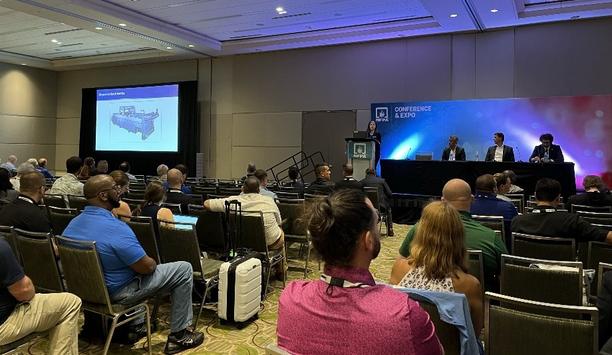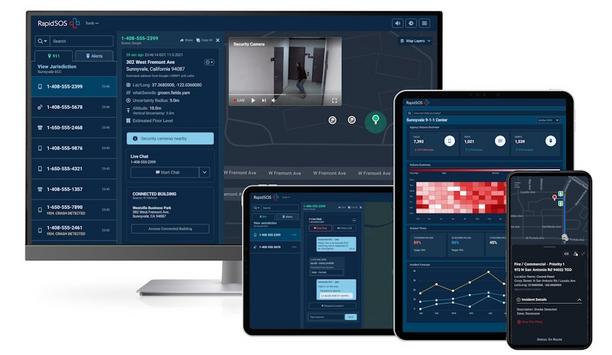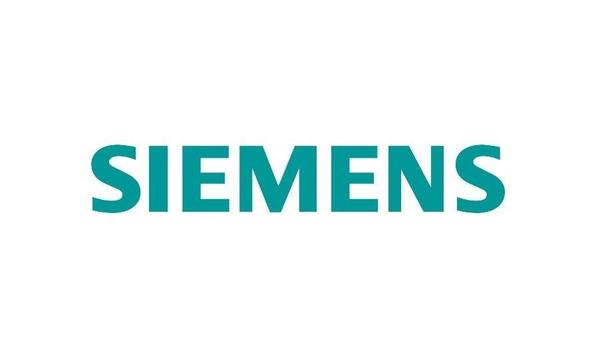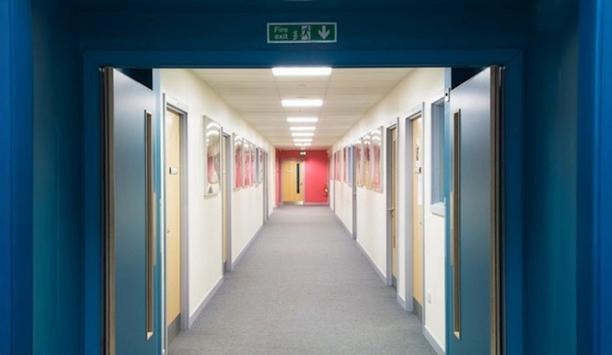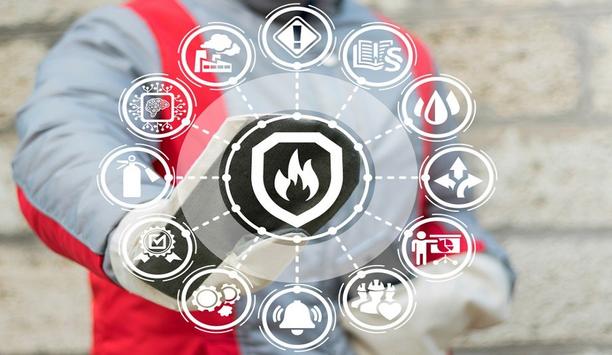Understanding the underlying causes of wildfires enables us to control them better over the long haul. One element is climate change, which has created conditions prone to wildfires by increasing heat, changing rain and snow patterns, and shifting plant communities. But there are also other contributing factors in the growing scale and intensity of wildfires. One is the condition of the forests in Australia, California, and other areas where the incidence of wildfires has increased.
In California, for example, it is well known that the forests are unhealthy and in need of more prescribed burns and other thinning efforts. However, given California’s 33 million acres of forest land, more than half of it publicly owned, even an ambitious effort like addressing the needs of a million acres a year would require decades to fix the problem.
managing the landscape
We as a society need to decide how we can restore our forests, and start a conversation about what that looks like"
“We know that getting our forests back to a healthy state will be the most effective way to cope with fires in the future,” says Jessica Block, Associate Director for Operational Programs at the WIFIRE Lab at the University of California San Diego. “However, massive fires are destroying the ability of forests to recover." The goal is not to stop wildfires but to understand the role of fire as part of the natural processes of managing the landscape.
“We as a society need to decide how we can restore our forests, and start a conversation about what that looks like,” adds Block. “We should think of forests as a system we live in, and a system that we should be able to live in. Understanding the system is the goal, so that we can make all the right decisions in the future.”
identify and control wildfires
Fires are eating up forests that are way too dense and that have way too many standing trees, and state and federal agencies alone cannot solve the problem. Furthermore, the stakes are literally life and death: Thousands will die, whether in the wildfires or from the effects of inhaling smoke. The negative impact on long-term health is impossible to measure.
Especially troubling is the impact of wildfires at the so-called wildland-urban interface (WUI), where growing population centers border on wildlands at risk of fire. Current fire models are not designed for these areas, so more work is needed to address these specific risks. Almost everyone agrees that the solution is to identify and control wildfires at early stages before they get out of control and turn into huge fires that impact millions of acres.
automatic detection capabilities
Today, postings on social media are an early warning sign but may not identify the exact location of a fire
New technologies are helping to identify nascent wildfires. One option is the addition of automatic detection capabilities to the AlertWildfire network of cameras that currently keeps watch throughout five Western states to provide early warning of wildfires. So far, human volunteers have been used to track the cameras, but automation is on the horizon. One application of machine learning is to detect a smoke flume.
A critical element is the ability to tell the difference between smoke and clouds, which humans can easily differentiate but is difficult to automate. With machine learning, computers should be able to “learn” the difference. Soon, mechanisms will exist to detect the location of a fire via multiple inputs - web cameras, social media and satellite images. Today, postings on social media are an early warning sign but may not identify the exact location of a fire.
Working together, the other tools can help to pinpoint the location. Alerts to fire dispatchers must be verified as real to avoid misuse of resources.




